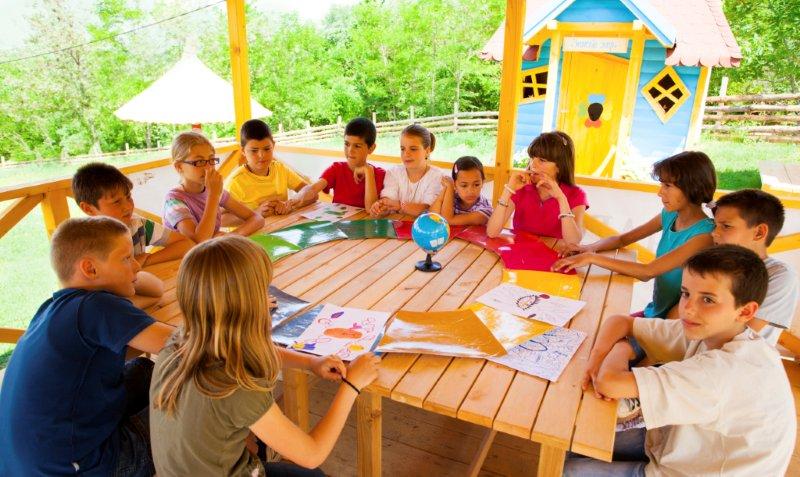
What is it?
A workshop is a brief but intensive event focused on a specific topic, with the aim to vastly improve skills or knowledge in a short space of time.
What does it involve?
Workshops can revolve around almost any topic, but the basics generally concern themselves with achieving a target or a setting a problem for the group to solve. The leader of a workshop is usually an expert in the set area, and provides the plan for the session and guides the participants though.
Why do it and what are the benefits?
Attending a workshop can be great for really engaging students in a subject they may not have had an interest in beforehand! Setting a short term target, encouraging teamwork and the promise of a rewarding outcome can all really involve students in workshop activities, and increase their enjoyment of a topic while improving their abilities.
What equipment do we need?
Workshops do generally need some equipment, but if you're using an activity provider they will probably supply everything you need - make sure to check beforehand if you need to bring anything.
Who is it suitable for?
Generally suitable for all ages as the topic and complexity can be varied to fit all needs!
Costs?
The costs of a workshop will depend on whats involved in it and if you have to pay for supplies, but the general price per student shouldn't be too high.
Issues/Things to think about? (unsuitable for age groups, medical conditions etc)
Make sure to tailor the workshop to the students, and not vice versa - this activity can be incredibly effective if utilized in the right manner, and you should be certain that you can get the most out of the session.
How do we include?
As long as you make sure the workshop is the right one for your group, it should be easy to include everyone! The main component of a workshop is engaging with what's going on around you, and if the fellow particpants are familar to those with disabilties it should be easy to make sure everyone has a good time.
Doing it abroad?
Workshops can be found all around the world in varying forms - most popular museums will have some kind of activity available to learn more about the topic of interest.
Main website:
Consult individual websites to see what activities a venue can provide.




